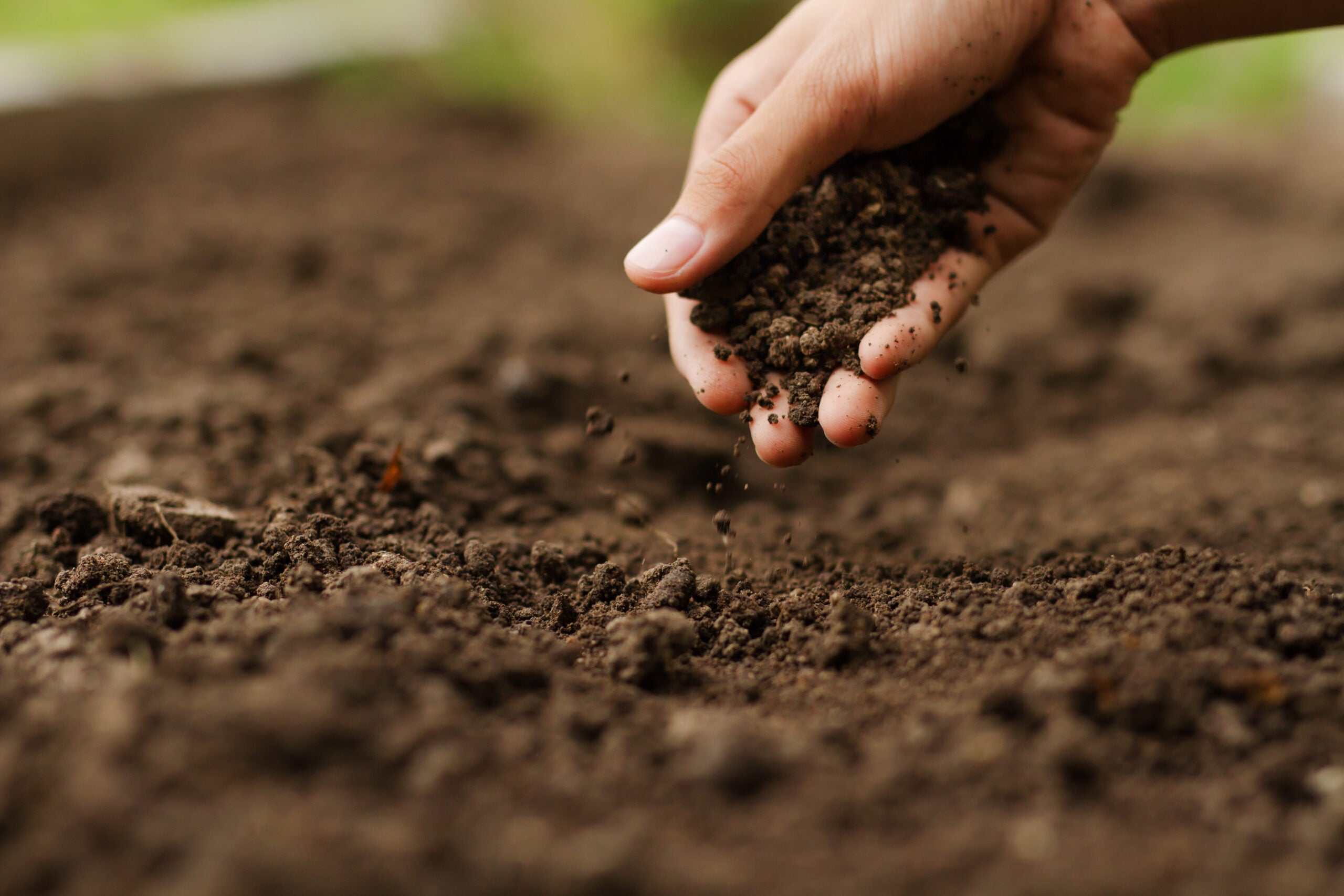Carbon markets and carbon monitoring programs track changes in cropland soil carbon stock over time to determine how agricultural management practices impact carbon storage in soil.
Soil carbon stock is typically measured by taking soil samples prior to the adoption of a new farming practice, followed by additional sampling after the practice has been in effect for several years.
However, commonly used methods to measure soil carbon stocks may not accurately capture how that carbon is changing over time, potentially undermining important mitigation efforts.
We need scientifically robust and accessible ways to measure soil carbon to ensure that different practice changes deliver reliable results. New research from Environmental Defense Fund highlights two best practices for measuring carbon in soil.
Best practice: Compare masses not depths
Fixed depth is the most widely used measurement methodology to calculate carbon stocks. It involves sampling to the same soil depth over time. The downside of this method is that it could result in sampling different soil amounts over time as management practices can alter soil density, making the soil fluffier or more compact.
Equivalent soil mass is an alternative and more accurate approach that requires sampling the same mass of soil over time. This ensures that changes in soil density will not incorrectly influence our estimates of changes in carbon stock.
Using 20 years of agricultural soil data under different management conditions, the study found large differences between the change in carbon stock estimated by sampling to the same depth versus sampling the same mass of soil. In one treatment where composted manure was added, the change in carbon stock estimated by the equivalent soil mass method was twice as large as the change estimated by the fixed-depth method.
These results are consistent with previous research, demonstrating that sampling the same mass of soil can help ensure that we accurately capture how carbon is changing over time.
Best practice: Sample two feet down
Carbon market protocols and soil research usually sample soil to almost a foot deep (30 centimeters). However, focusing on surface soils misses the impact that practices like cover cropping or soil tillage can have on carbon well below this depth.
Sampling to around two feet deep (60 centimeters) may be a “sweet” spot, capturing the impact of management practices that more shallow sampling may miss while minimizing the uncertainty that appears when sampling even deeper.
Making better measurement the norm
Calculating soil carbon stocks by using the equivalent soil mass method and sampling around two feet deep should be considered best practice for carbon market protocols, soil research and carbon monitoring programs.
Programs such as the U.S. Department of Agriculture’s new national Soil Organic Carbon Monitoring and Research Network would benefit from adopting this standard for all collected soil samples. The program will monitor carbon changes in agricultural lands over time and expand an existing network of experiments. This presents a unique opportunity for soil carbon sampling and quantification best practices to become more widespread, and to expand the collection of scientifically robust data on soil carbon sequestration from real, working farms.
Although just one piece of the puzzle, using equivalent soil mass and deeper soil sampling can help advance our understanding of carbon sequestration on agricultural lands and move us toward agricultural climate mitigation goals with greater clarity and confidence.











One Comment
The number of samples per ha and site and needing to meet statistical power is a key element and is sadly missing in the above. The downside is that to achieve statistical power you will need between 300 and 1000 samples, which is unfeasible. On the other side the USDA standard CEMA 221 for SOC Monitoring is wholly inadequate as it suggests merely 6 samples per site / 10 ha . The above “research” does not take a position on minimum samples or re-sampling intervals and, as such, leaves many ways open to manipulate the schemes.